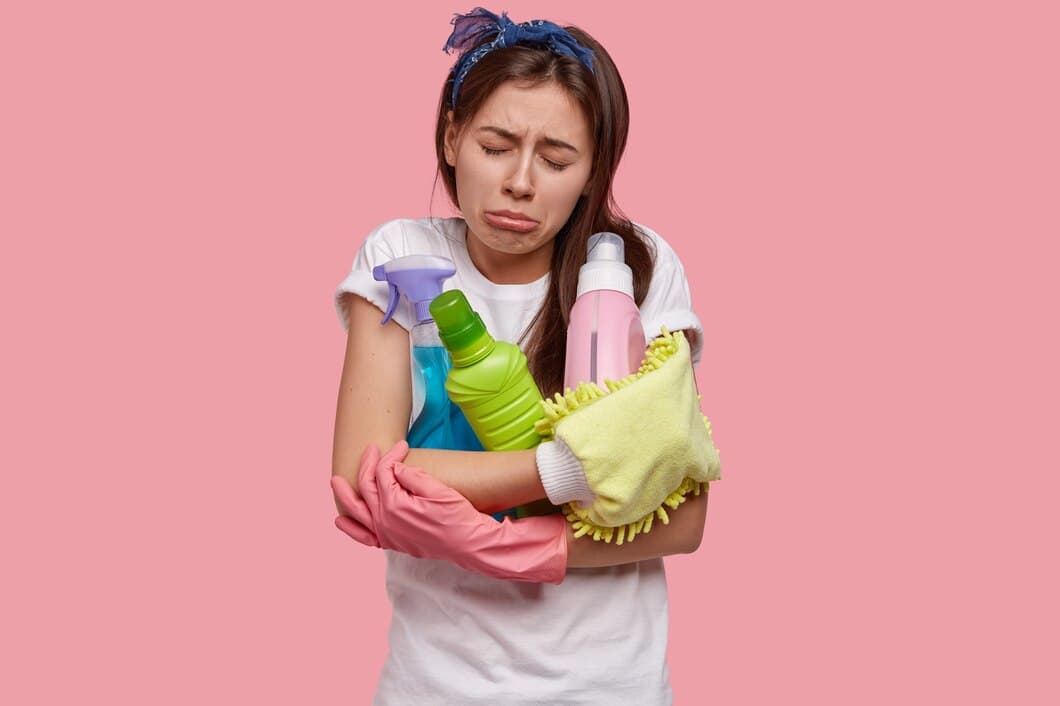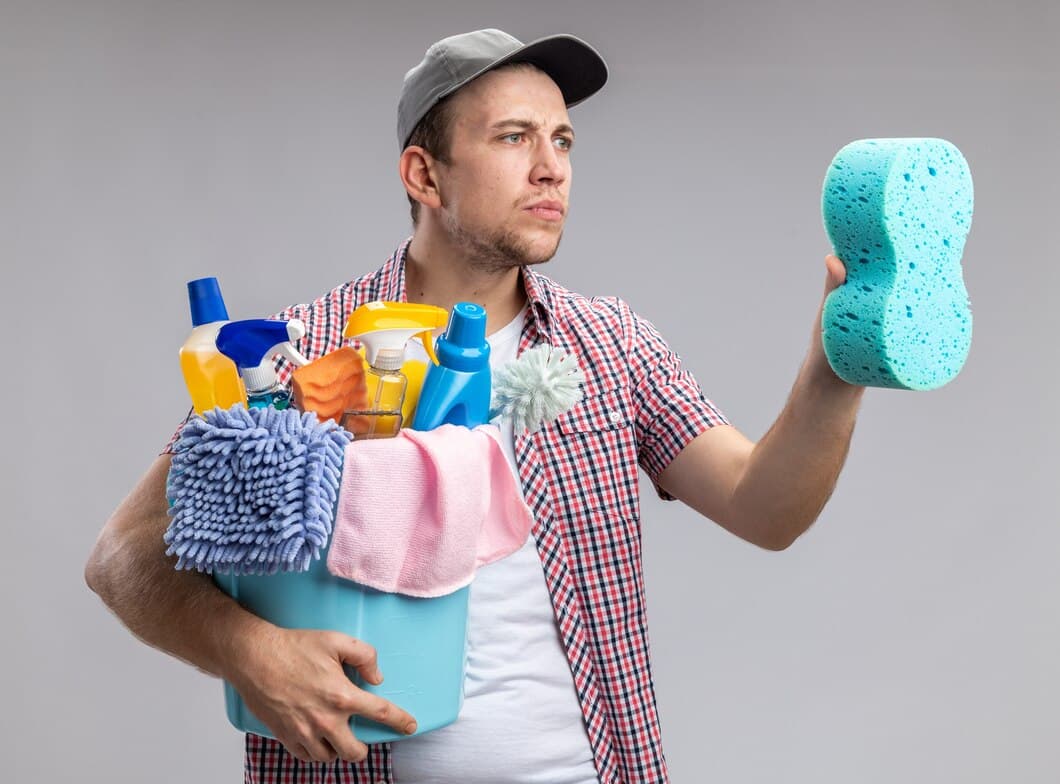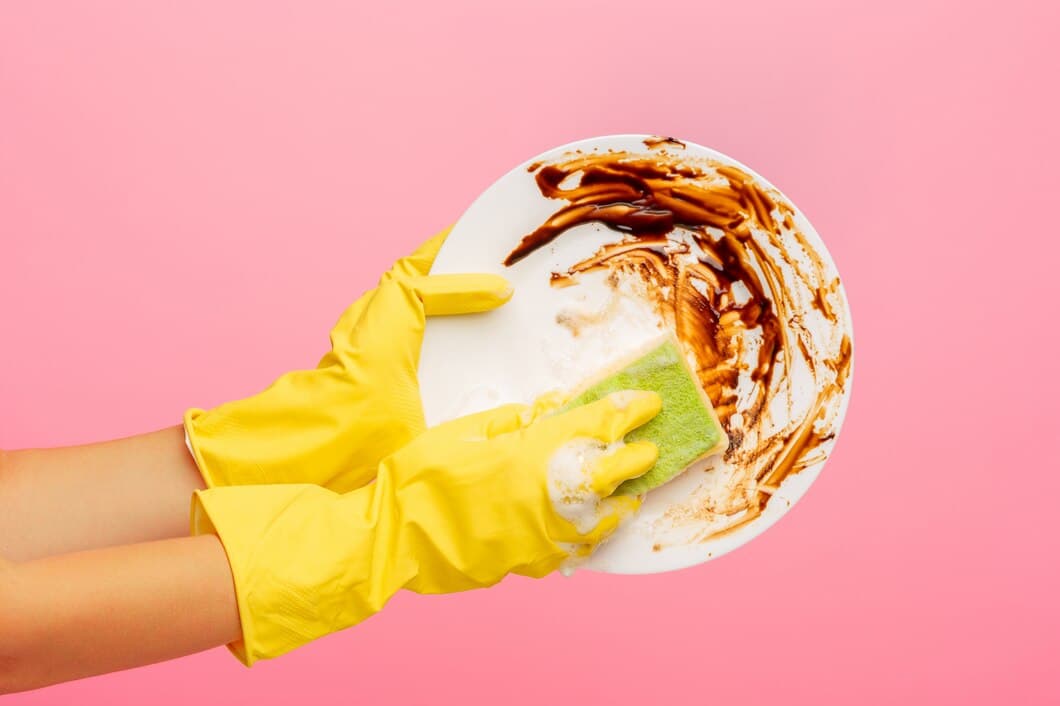

If you need to know the proper steps to clean your upholstered chair, this guide will teach you how to get the job done right. This article will teach you the best methods for cleaning upholstery fabrics, including cotton, linen, velvet, silk, and leather. This guide will teach you how to remove stains, dirt, and grime from your upholstered chair so that it looks new again. So, read on to learn how to clean your upholstered chair the right way.
After you've cleaned your upholstered chair, you'll want to keep it looking its best by taking care of it properly. You can prolong the life of your upholstered chair by vacuuming it regularly, using a mild cleaning solution to remove stains, and keeping it out of direct sunlight. By following these simple steps, you can keep your upholstered chair looking new for years to come.
Vacuuming is an essential step to remove dirt and dust from your upholstered chair. Use the upholstery attachment on your vacuum cleaner to gently remove any loose particles. Be sure to vacuum all surfaces of the chair, including the cushions, arms, and back. This will help to maintain the chair's appearance and prevent dirt from building up.
For deeper cleaning, you can use a vacuum cleaner with a crevice tool attachment. This will allow you to reach into tight spaces and remove any dirt or debris that may be hidden. Be sure to vacuum both the front and back of the chair, as well as any seams or tufting.
Vacuuming your upholstered chair regularly will help to keep it looking its best. By following these tips, you can easily remove dirt and dust, and keep your chair looking clean and fresh.
Identifying the type of fabric on your upholstered chair is crucial before attempting any cleaning method. This step will guide you in selecting the appropriate cleaning solution and technique. Upholstery fabrics come in various types, including natural fibers like cotton, linen, and wool, or synthetic materials like polyester, nylon, and acrylic. Each fabric type has unique properties and cleaning requirements.
To identify the upholstery fabric type, check the manufacturer's label, if available. It should provide specific cleaning instructions and the fabric's composition. If a label is missing, perform a burn test on an inconspicuous area of the fabric. Natural fibers like cotton and linen burn quickly, leaving behind ash, while synthetic fibers melt and produce a plastic-like smell.
Another method for identifying the fabric type is the water test. Place a drop of water on the upholstery and observe its reaction. Natural fibers absorb water quickly, while synthetic fibers repel it and form beads. You can also rub a white cloth on the fabric to check for color transfer. Natural fibers tend to bleed color, while synthetic fibers usually do not.
Once you have identified the fabric type, you can proceed with the appropriate cleaning method. Using the wrong cleaning solution or technique could damage the fabric, so it's essential to choose carefully based on the fabric's composition and characteristics.
Once you have your cleaning solution ready, it is important to test it on a small, inconspicuous area of the upholstery first. This will help you to make sure that the solution does not damage the fabric.
To test the cleaning solution, apply a small amount to the inconspicuous area and let it sit for a few minutes. Then, blot the area with a clean cloth.
If the cleaning solution does not cause any damage to the fabric, you can proceed to clean the rest of the upholstery.
Be sure to rinse the upholstery thoroughly with clean water after cleaning to remove any residual cleaning solution.

If you have upholstered furniture, it is vital to keep it clean to maintain its appearance and longevity. There are several DIY upholstery cleaning solutions that you can use to clean your upholstered chairs effectively. One popular method involves using a mixture of white vinegar and water. Simply combine equal parts of vinegar and water in a spray bottle and apply it to the stained area. Allow the solution to sit for a few minutes before blotting it away with a clean cloth. Another effective solution is made with baking soda. Sprinkle baking soda onto the stained area and allow it to sit for several hours or overnight. Vacuum up the baking soda and the stain should be gone.
For tougher stains, you may need to use a stronger cleaning solution. A mixture of hydrogen peroxide and water can be effective against most stains. Combine equal parts of hydrogen peroxide and water in a spray bottle and apply it to the stained area. Allow the solution to sit for a few minutes before blotting it away with a clean cloth. If the stain is still visible, you can try using a commercial upholstery cleaner. Always test any cleaning solution on an inconspicuous area first to ensure it does not damage the fabric.
Commercial upholstery cleaners are a great way to keep your upholstered furniture looking its best. They can remove dirt, stains, and allergens from your furniture, leaving it looking fresh and new. Commercial upholstery cleaners are also a good investment, as they can help to extend the life of your furniture.
When choosing a commercial upholstery cleaner, it is important to consider the type of fabric your furniture is made of. Some cleaners are designed for specific types of fabrics, so it is important to read the label carefully before using it. You should also test the cleaner in an inconspicuous area of your furniture to make sure it does not damage the fabric.
Once you have chosen a commercial upholstery cleaner, follow the instructions on the label carefully. Most cleaners require you to vacuum your furniture before using them. You should also open windows and doors to ventilate the area while you are using the cleaner. After you have applied the cleaner, allow it to sit for the amount of time specified on the label. Then, vacuum your furniture again to remove the cleaner and any dirt or stains that it has loosened.
Cleaning upholstery can be a daunting task, but it doesn't have to be. With the right approach, you can keep your upholstered chairs looking their best.
Start by identifying the type of upholstery you have. This will determine the best cleaning method to use.
Once you know the type of upholstery, you can choose a cleaning solution. There are a variety of solutions available, so be sure to read the labels carefully to find one that is appropriate for your fabric.
If you've used a cleaning solution, you'll need to let the chair dry completely before using it again. Open up windows and doors to air out the room and speed up the drying process. You can also use a fan or hair dryer on a cool setting to help dry the chair more quickly. Place the chair in a well-ventilated area to reduce the risk of mold or mildew growth.
Once the chair is dry, vacuum it thoroughly to remove any remaining dirt or debris. You can also use a lint roller to remove any pet hair or other small particles. If the chair has any stains, you can spot clean them using a mild detergent and water. Blot the stain gently with a clean cloth until it is removed.
To keep your upholstered chair looking its best, it's important to clean it regularly. Vacuum the chair at least once a week, and spot clean any stains as soon as they occur. You should also deep clean the chair every 6-12 months, depending on how often it is used.
By following these tips, you can keep your upholstered chair looking its best for years to come. As an expert in the cleaning industry, I recommend using a natural cleaning solution to avoid damaging the fabric. A mixture of water and vinegar is a safe and effective option. You may also need to use a soft-bristled brush to gently remove any dirt or debris from the fabric.
If your upholstered chair has absorbed unpleasant odors, there are a few things you can do to deodorize it. First, try sprinkling baking soda on the fabric and let it sit for several hours. Then, vacuum the baking soda away. You can also try using a vinegar and water solution to clean the fabric. Mix equal parts vinegar and water in a spray bottle and mist it onto the fabric. Allow the solution to sit for a few minutes, then blot it up with a clean cloth. If the odor persists, you may need to have the chair professionally cleaned.
Baking soda is a natural odor absorber, so it can help to neutralize the smell of smoke, pets, or food. Vinegar is a natural disinfectant, so it can help to kill bacteria that may be causing the odor. If you're using a commercial upholstery cleaner, be sure to test it in an inconspicuous area first to make sure it doesn't damage the fabric.
Once you've deodorized the chair, be sure to air it out by opening a window or door. This will help to remove any lingering odors.
If you have a delicate fabric, you may want to test the cleaning solution on a small area before applying it to the entire chair. This will help to ensure that the solution doesn't damage the fabric.
Removing stains from upholstered chairs can be a daunting task, but with the right approach, you can restore your furniture to its former glory. Start by identifying the type of stain you're dealing with. Different stains require different cleaning methods. For example, water-based stains can be removed with a mild soap and water solution, while oil-based stains may require a stronger solvent like rubbing alcohol.
Once you've identified the type of stain, test the cleaning solution on an inconspicuous area of the upholstery to make sure it doesn't damage the fabric. Apply the cleaning solution to the stain using a clean cloth or sponge, and blot gently until the stain begins to lift. Avoid scrubbing, as this can damage the fabric.
If the stain persists, you may need to repeat the cleaning process several times. Once the stain is removed, rinse the area with clean water to remove any residue. Blot the area dry with a clean cloth and allow it to air dry completely.
Protecting the chair involves more than simply cleaning the fabric. You also need to protect the chair's frame and legs. Use a soft cloth to wipe down the frame and legs, removing any dust or debris. If the frame is made of wood, you can use a wood cleaner to help protect the finish.
To protect the chair's upholstery, you can use a fabric protector. Fabric protectors are available in a variety of forms, including sprays, wipes, and liquids. Choose a fabric protector that is specifically designed for the type of fabric on your chair.
Once you have applied the fabric protector, allow it to dry completely before using the chair. This will give the protector time to bond with the fabric and provide the best possible protection.
In addition to using a fabric protector, you can also protect your chair by keeping it out of direct sunlight. Sunlight can fade the fabric and damage the upholstery. If you must place your chair in direct sunlight, use a curtain or blind to block the sun's rays.

Cleaning upholstered chairs can be a daunting task, but with the right tools and techniques, it can be done quickly and easily. The first step is to identify the type of fabric the chair is made of, as different fabrics require different cleaning methods. Once you know the type of fabric, you can choose the appropriate cleaning solution. For most fabrics, a mild soap and water solution will suffice. However, for more delicate fabrics, you may need to use a specialized cleaning solution.
Once you have the appropriate cleaning solution, you can begin cleaning the chair. Start by vacuuming the chair to remove any loose dirt or debris. Then, apply the cleaning solution to a clean cloth and gently wipe down the chair. Be sure to rinse the cloth frequently to avoid spreading dirt around. Once you have cleaned the entire chair, allow it to air dry completely before using it again.
Disclaimer: The content of this article only represents the author's personal opinion and has nothing to do with the position of this site. If the content infringes your legitimate rights and interests, please contact us in time, we will arrange processing as soon as possible




